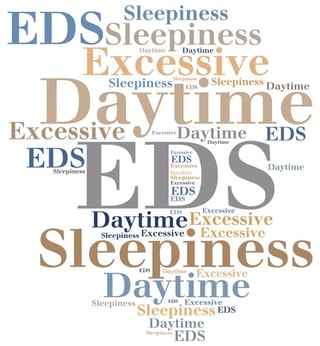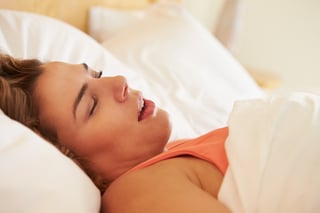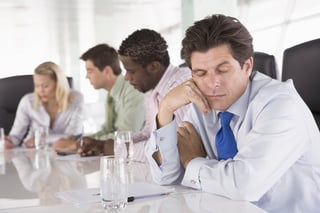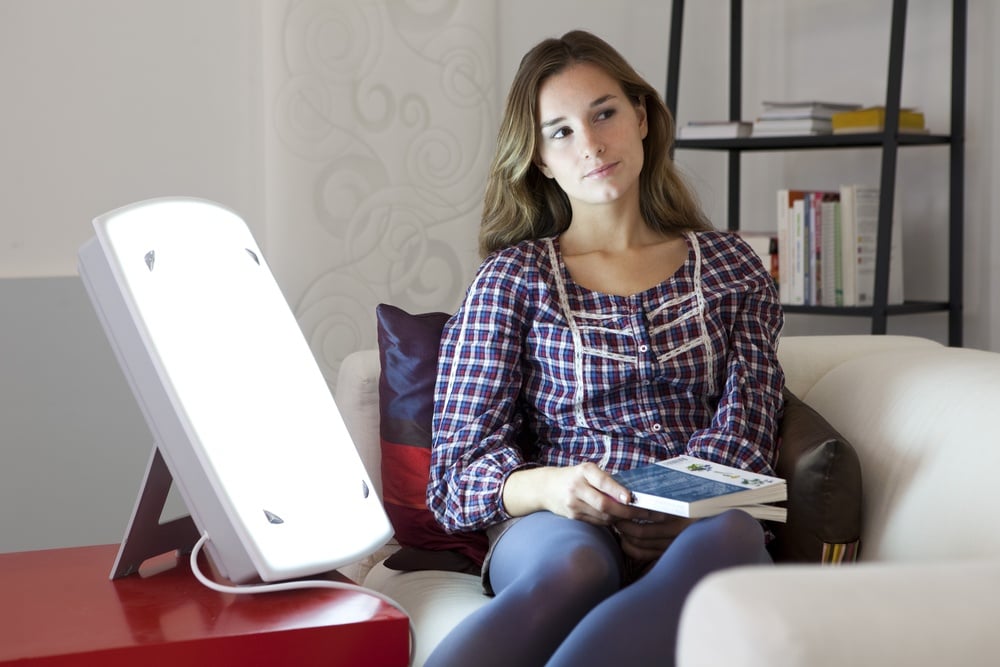
Is This You?
You get enough sleep at night, but during the day you are sleepy and have no energy.
Need that coffee or energy drink to keep you going?
Can’t think clearly enough to get that report done and to the boss for that morning meeting?
Need to take a nap at lunch?
Drive drowsy or fall asleep at the wheel?
All of these situations are the result of excessive daytime sleepiness (EDS), which is defined as the experience of persistent sleepiness that is not resolved with adequate sleep.
EDS can have many causes, a few of which will be discussed in this article. Excessive daytime sleepiness can be caused by any sleep disorder.
Here are a few that cause EDS: Obstructive Sleep Apnea, Insomnia, Circadian Sleep-Wake Rhythm Disorder, and Narcolepsy.
Obstructive Sleep Apnea (OSA)
OSA is the most commonly seen sleep disorder in a sleep center. OSA involves the repetitive obstruction of the airway during sleep and is associated with sleep fragmentation and/or oxygen desaturation.
This sleep fragmentation and inadequate oxygen at night leads to poor quality sleep and daytime impairment, particularly EDS.
Treatment for sleep apnea can include CPAP, BiPaP, oral appliance devices, surgery, weight loss, and other lifestyle changes. If the sleep apnea is severe, CPAP is recommended. If mild or moderate sleep apnea is diagnosed, oral appliances may be recommended.
Surgery is a good option for very specific areas in the nasal and oral cavities that are causing the airway obstructions. Weight loss can reduce the fatty tissue in the airway that may be causing the obstructions.
Insomnia
Insomnia is the most common sleep complaint among adults. It is characterized by not getting enough sleep despite having adequate time for sleep, resulting in a daytime impairment.
It can display itself as having difficulty getting to sleep in the first place, maintaining sleep, or falling back to sleep after waking in the middle of the night. For it to be diagnosed as insomnia, it must impair daytime function for at least three months.
Short-term insomnia usually lasts less than three months and is associated with a stressor, such as a job loss, divorce, or a specific worry. The insomnia resolves when the stressor resolves.
Once the person gets a job, works through the divorce trauma, or the worry that has been keeping them awake at night goes away, the insomnia goes away.
There are several different treatments for insomnia. Hypnotic drugs can be prescribed, group therapy can assist in psychological reasons for insomnia, and sleep restriction keeps the person out of bed when not sleeping.
Biofeedback, relaxation therapy, and cognitive behavioral therapy are all self-engaging options for dealing with insomnia.
Circadian Rhythm Sleep-Wake Disorder (CRSWD)
CRSWD is a chronic or recurrent pattern of sleep-wake rhythm disruption primarily caused by misalignment between the outside circadian rhythm and the sleep-wake schedule, and is associated with daytime impairment. CRSWD results from a person operating against the natural environmental rhythms.
Take the nurse who works the graveyard shift and cannot sleep during th e day, or the businessman who flies over six time zones to attend a meeting, just to find himself nodding off at the meeting. Both these people are suffering from a type of circadian sleep disorder.
e day, or the businessman who flies over six time zones to attend a meeting, just to find himself nodding off at the meeting. Both these people are suffering from a type of circadian sleep disorder.
Circadian rhythm sleep disorders are caused by a person’s sleep phase being misaligned with the natural environment. Natural events such as sunlight, which is the strongest entraining phenomena, stimulate our bodies to stay alert during the day. Every living thing has circadian rhythms.
Our bodies are hardwired to be alert during the day and sleep at night. Working the night shift and sleeping during the day goes against these natural rhythms. Flying over multiple time zones will throw a person’s body rhythms off by either advancing or delaying the body rhythms to the environmental stimulus.
Treatment for circadian rhythm sleep disorders include light therapy. Exposure to bright light at the correct time of day can act as a stimulus, alerting the brain to stay awake. This will, over time, bring the person’s circadian rhythms into sync with the naturally-occurring stimulating events.
Melatonin, taken at the proper time of day and under a physician’s care, can also help realign rhythms.
Narcolepsy
Narcolepsy is a disorder of hypersomnolence and is characterized by recurrent episodes of EDS or prolonged nighttime sleep. Narcolepsy is often caused by intrinsic central nervous system abnormalities that control the sleep-wake balance.
Narcolepsy displays as uncontrollable attacks of sleep. Even though a narcoleptic may sleep more hours during the day and night than a healthy sleeper, they are still uncontrollably sleepy, and can fall asleep in the middle of a conversation.
Treatment of narcolepsy includes planned naps, behavior changes which will maximize the ability to stay awake and alert, and medications such as modafinil or other stimulants.
Sleep disorders are not the only things that cause EDS.
Chew On This
An April 2016 article appearing in the New York Times reported that “A High-Fat Diet May Lead to Daytime Sleepiness.”
Data came from a University of Adelaide study which found that 41 percent of men who ate a diet high in fat reported daytime sleepiness, 47 percent reported poor sleep quality, and the men with the highest fat intake were 78 percent more likely to suffer daytime sleepiness and almost three times as likely to have sleep apnea.
Yingting Cao, the lead author of the study, stated “We have reason to believe that circadian rhythm, hormones and diet all work together to create these effects. Extremely high fat intake is not good for sleep.”
These Stats Will Wake You Up
The American Automobile Association estimates that one out of every six deadly traffic accidents and one out of eight crashes requiring hospitalization is due to drowsy driving. The estimated cost of car accidents attributed to sleepiness is between $29.2 and $37.9 billion.
According to the Journal of Occupational and Environmental Medicine, researchers estimate that reductions in productivity due to sleepiness cost $54 million a year.
Deadly and Costly
Excessive daytime sleepiness is a deadly and costly problem. We are a nation of sleep-deprived people. EDS reduces the quality of life.
If your life is being disrupted by sleepinessor daytime fatigue, talk to your primary care provider or sleep physician about a sleep assessment.
Sources:
Fundamentals of Sleep Technology, Cynthia Mattice, et al., 2012
American Automobile Association
Sleep Deprivation’s True Workplace Costs, Patrick Skerrett, Jan 12, 2011
New York Times, Nicholas Bakalar, April 21, 2016
University of Adelaide, Associations Between Macronutrient Intake and Obstructive Sleep Apnoea as Well as Self-Reported Sleep Symptoms, Yingting Cao, 2016
Image Credit: www.shutterstock.com










Leave a comment